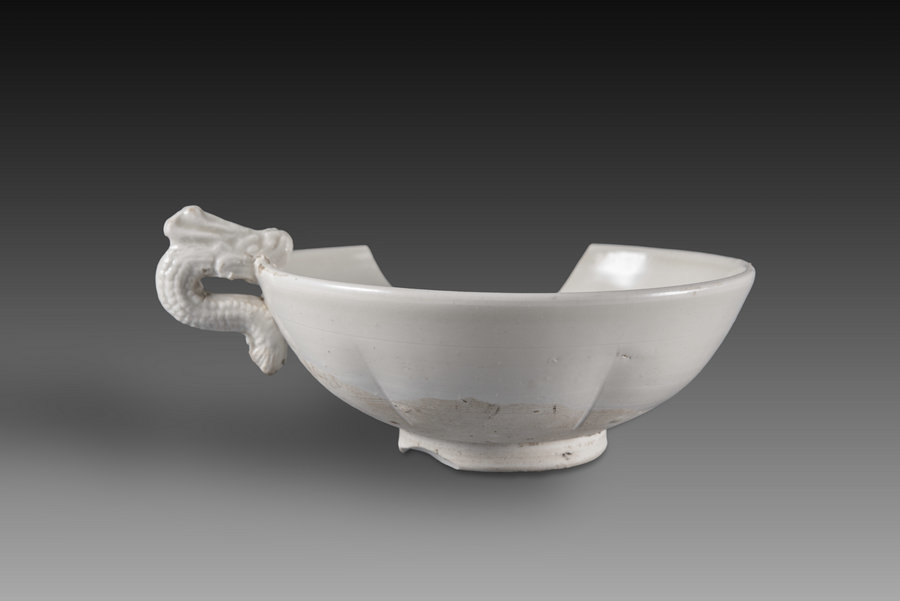

Crucial connections
Shanxi connects the east with the west of China, making it a place where different ethnic groups and cultures meet. The ancient porcelain pieces discovered in Shanxi reflect the province's unique position on the field, which helped the merchants sell the porcelain from Huozhou kilns to places far away.
Fifty-four ceramic wares, 27 of them intact, were uncovered at a construction site in Hangzhou city of East China's Zhejiang province in 1987. Several experts assumed that some of the white glazed wares were products from the Huozhou kilns of the Yuan Dynasty.
Wares produced at these Huozhou kilns were also unearthed in Khanbaliq or Yuan Dadu (the winter capital of the dynasty in what is now Beijing) and ancient Karakorum, the capital of the Mongol empire. The discoveries indicate that porcelain products fired at Huozhou kilns were traded at the "high-end market", and likely used at the court of the Yuan Dynasty, according to scholars Yu Luyang and Zhu Xinhai.
But a large quantity of poorly glazed, roughly made stoneware has also been excavated, with the items considered to be used by commoners.